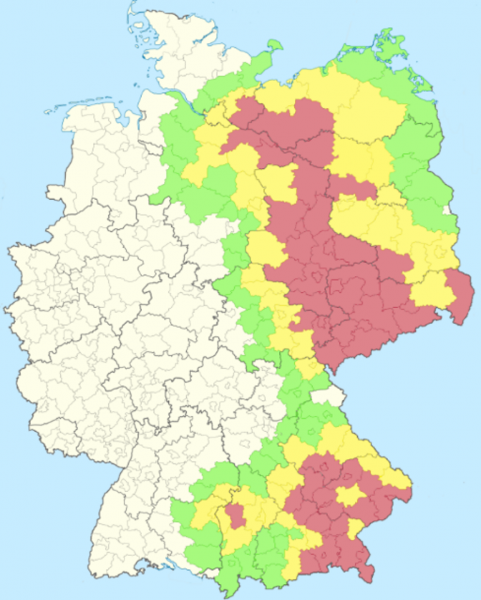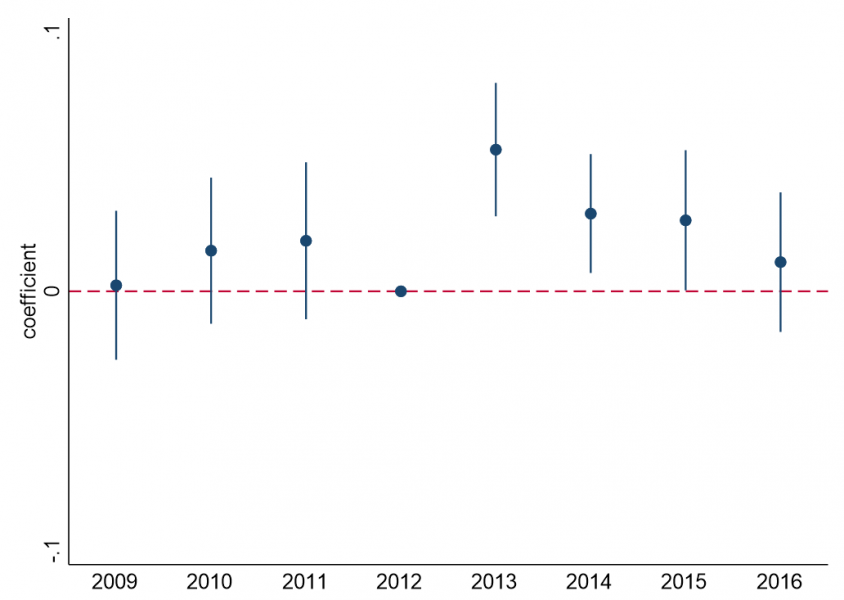References
Bos, J. W., R, Li, and M. W. Sanders (2022). Hazardous lending: The impact of natural disasters on bank asset portfolio. Economic Modelling, 105760.
Brei, M., P. Mohan, and E. Strobl (2019). The Impact of Natural Disasters on the Banking Sector: Evidence from Hurricane Strikes in the Caribbean. The Quarterly Review of Economics and Finance, 72, 232-239.
BMI (2013). Bericht zur Flutkatastrophe 2013: Katastrophenhilfe, Entschädigung, Wiederaufbau. Bundesministerium des Innern.
BMU (2021). Projekt Undine: Verbesserung der Datengrundlage zur Bewertung hydrologischer Extreme. Bundesministerium für Umwelt, Naturschutz und nukleare Sicherheit.
Dottori, F., W. Szewczyk, J. C. Ciscar, F. Zhao, L. Alfieri, Y. Hirabayashi, A. Bianchi, I. Mongelli, K. Frieler, R. A. Betts, and L. Feyen (2018). Increased human and economic losses from river flooding with anthropogenic warming. Nature Climate Change, 8(9), 781–786.
Garmaise, M. J. and T. J. Moskowitz, (2009). Catastrophic risk and credit markets. The Journal of Finance, 64(2), 657-707.
Huang, R. R. (2008). Evaluating the real effect of bank branching deregulation: Comparing contiguous counties across US state borders. Journal of Financial Economics, 87(3), 678-705.
Koetter, M., F. Noth, and O. Rehbein (2020). Borrowers Under Water! Rare Disasters, Regional Banks, and Recovery Lending. Journal of Financial Intermediation, 43, 100811.
NGFS (2019). A call for action – Climate change as a source of financial risk. Network for Greening the Financial System. Network for Greening the Financial System.
Noth, F. and O. Rehbein (2019). Badly hurt? Natural disasters and direct firm effects. Finance Research Letters, 28, 254-258.
Noth, F. and U. Schüwer (2018). Natural Disaster and Bank Stability: Evidence from the US Financial System. SAFE Working Paper No.167.
Schüwer, U., C. Lambert, and F. Noth (2019). How Do Banks React to Catastrophic Events? Evidence from Hurricane Katrina. Review of Finance, 23(1), 75-116.
Thieken, A. H., T. Bessel, S. Kienzler, H. Kreibich, M. Müller, S. Pisi, and K. Schröter (2016a). The Flood of June 2013 in Germany: How Much Do We Know About Its Impacts. Natural Hazards Earth System Science, 16(6), 1519–1540.



